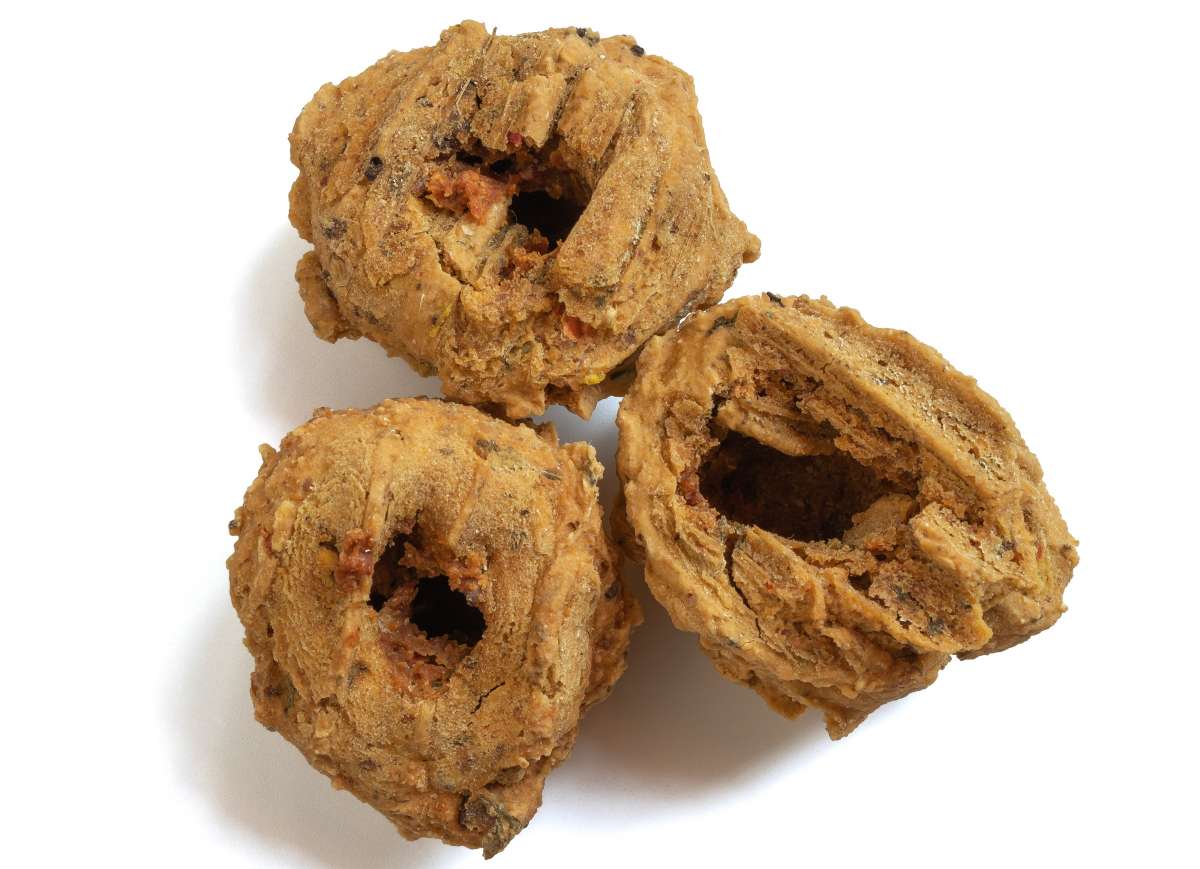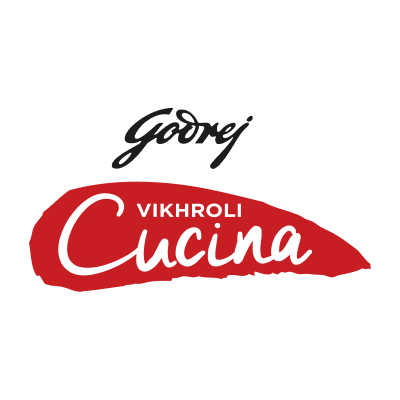
Vadis – the revival of fading culinary tradition
The culinary craft of vadi making from regional kitchens

Vadi or sun-dried lentil dumplings have been an intrinsic part of Indian cuisine especially for those days when you run out of fresh ingredients and need to rustle up a meal. The primary factor to make these lentil dumplings is mellow sunshine, which helps in slowly dry them and not the scorching heat that leads to cracks in the vadi. Earlier, the ritual of vadi making was undertaken by the women of the household – a tradition that youngsters of marriageable age were supposed to master before their marriage. New brides would receive intensive training in this culinary craft. But, over time this has become an undervalued skill. However, as food expert Rushina Munshaw Ghildiyal rightly points out, “We’ve been moving towards a regional renaissance in Indian food.” Such regional flavours are continuously being reinvented more and more in desi kitchens today as predicted in the Godrej Food Trends Report 2021.
These petit, marble-sized dumplings have to be made right to taste right. Usually, masoor, urad or moong dals are the preferred lentils to make these vadis. The preparation is a painstaking process where women would sit on the terrace pinching off tiny mounds from ground pulses on to a clean white cloth. Here’s looking at its many avatars in regional cuisine.
Bori, West Bengal
In Bengal, bori-making season starts in the winters, when the sun is mellow. An array of dals are used — urad, masoor, moong or matar dal (split peas lentils). The dal is soaked and ground to a thick paste (traditionally using a shil nora). The batter is whipped by hand, seasoned with salt, a dash of sugar and spices and dropped as blobs with a conical tip on a soft white cotton cloth. The more you whip, the tastier and crispier the bori will become. These are then sun dried for a couple of days until they are fully dried from inside.
The boris are stored round the year to be eaten as fries or added to a variety of vegetarian or fish-based curry dishes. Occasionally, chalkumro (ash gourd) is also added to the thick batter and it is called kumro bori. Other variants include regular bori for curries, bhaajar bori (with a sprinkling of poppy seeds) and palong shaager (spinach) bori, to name a few.
Another popular variety is the goyna bori (a speciality made in Midnapur region of West Bengal) since it resembles intricately designed jewellery. This forgotten culinary tradition is made with black gram with the skin on, which is soaked overnight. It is then rubbed vigorously to take off the skin. The gram is then ground to make a fine paste. Salt is added and the mix is beaten vigorously by hand to make it fluffy. A plate is layered with poppy seeds or sesame to arrange the boris so that they don’t stick together. Women start by giving them intricate shapes like a tear drop or paisley pattern with the help of a clean stick or a needle to make the lines sharp. After these are sun dried they are stored in a glass jar.
Badis, Orissa
Traditionally, the badis are famous in Keonjhar. Many varieties are prepared by mixing urad dal, pumpkin, almond, cauliflower and other condiments. A unique dish from Orissa kitchen is badi chura which consists of a coarse mixture of badi, onion, garlic and green chilli fried in mustard oil. Serve this badi chura as a side dish with pakhala (fermented cooked rice usually mixed with curd).
Punjabi wadiyan, Punjab
Meaty in texture and in taste, these sun-dried dumplings are a great protein substitute for meat and soy chunks. They soak up the gravy in which they are cooked and yet retain their flavour. Wadiyans are made with fresh green chickpeas, moong dal or urad dal. Often seasonal vegetables like bottle gourd and radish are added to enhance the flavour quotient. A particularly popular dish in Punjabi households is Punjabi wadi chawal in which the rice is cooked with the wadis.
Thalippu vadagams, Tamil Nadu
This is prepared at home during the summers in Tamil Nadu. Thalippu vadagams are made by combining several ingredients such as urad dal, fenugreek seeds, shallots, garlic and whole spices and drying them in direct sunlight. These can be prepared in large batches, stored in airtight containers for a year and used in South Indian dishes like sambar, kuzhambu and kootu.
Piyavo vodi, Karnataka
A popular Konkani preparation, these dumplings usually pair with rice and daalithoy (a traditional dal). Unlike the other vadis, lentils don’t always feature in piyavo vodis; rice is the preferred ingredient. It is ground along with dried red chillies and the mixture is diluted and cooked down until it turns into a thick batter. Chopped onions are mixed in and small portions of the batter are dried in the sun. The vodis can be stored the year through in an airtight container. Piyavo (means onion) vodis become very crispy and light once they are fried before being eaten. They are also called erulli sandige in Kannada.
Have you tasted any vadi varieties? Share in the comment section below.
Tags
0 Comment
You may also like
-
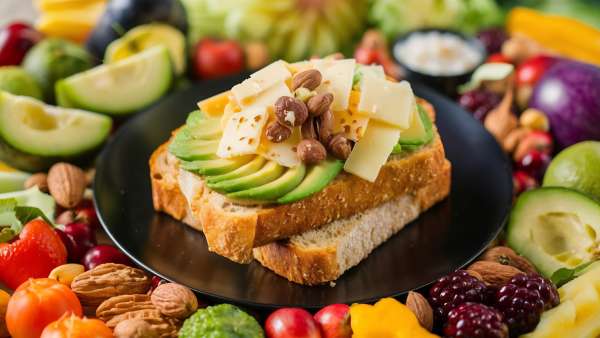
Kitchen stories Best Snacks for you 2026 fitness goals
by Vikhroli Cucina
-
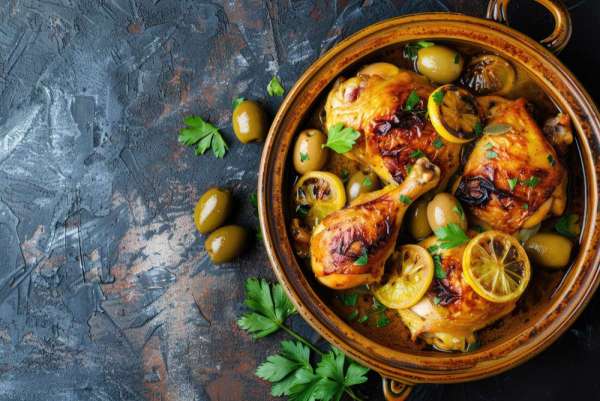
Kitchen stories Best of 2025: the year in search and 3 viral chicken recipes
by Vikhroli Cucina
-
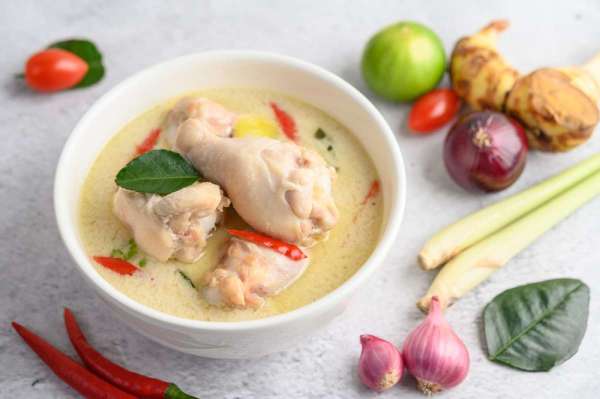
Kitchen stories The weekend chicken curry Christmas special: The Kerala Chicken Stew
by Vikhroli Cucina
-

Kitchen stories Gothic gastronomy: A Halloween menu of edible illusions
by Vikhroli Cucina

